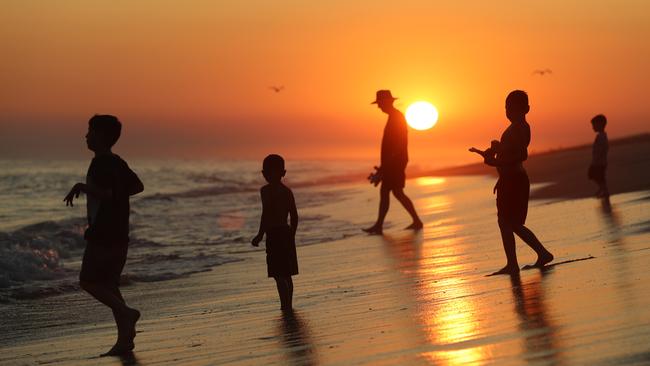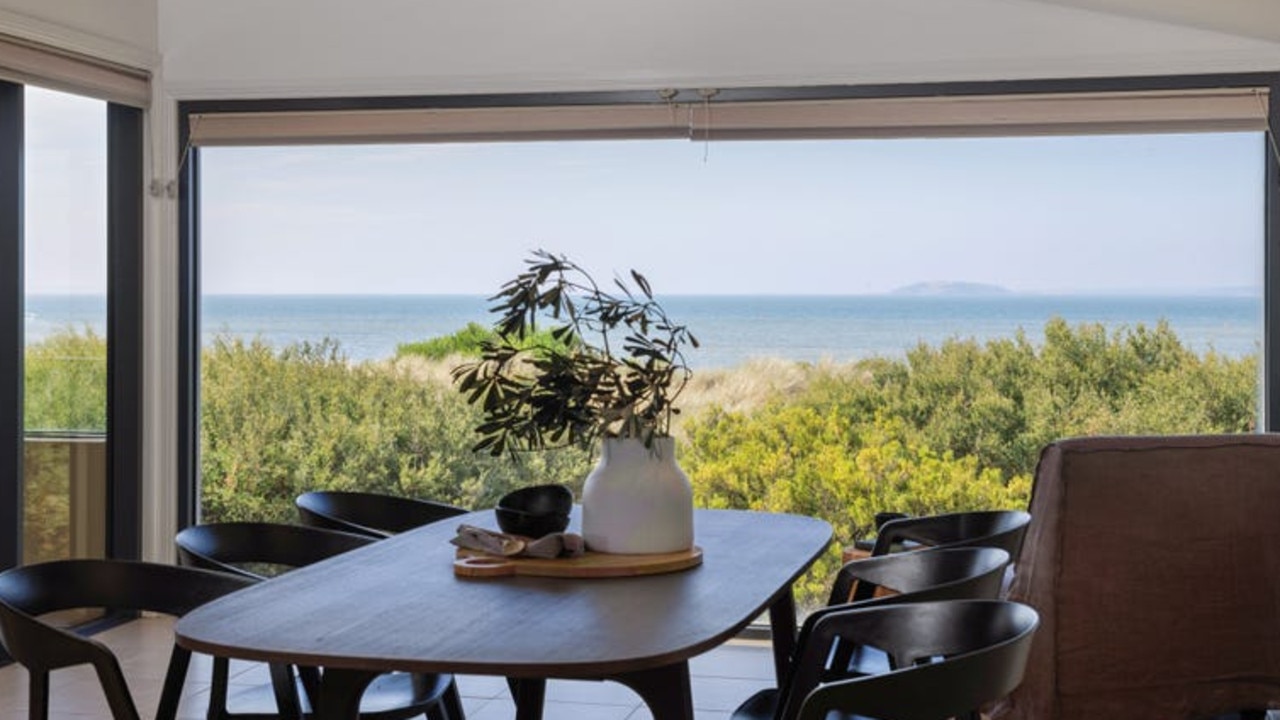Recent tourism statistics reveal tourism in regional Victoria has made strong comeback but there could be trouble brewing
Regional Victoria is surging post-Covid with visitor numbers and tourist dollars pouring in, but there are fears the tough economic conditions could be about to bite.

Bass Coast News
Don't miss out on the headlines from Bass Coast News. Followed categories will be added to My News.
Tourism in regional Victoria has surged back to pre-Covid levels with more than $20b pumped into the economy, although there are fears the tough economic conditions will soon bite.
Visit Victoria chief executive Brendan McClements said after a “difficult time” the industry was bouncing back stronger than ever, with the spending for the year ending December 2022 up almost 20 per cent compared to 2019.
“We’ve been unwavering in our resolve to get people back to Victoria through our Get Set and Stay Close, Go Further campaigns, as well as attracting a remarkable line-up of major and business events,” he said.
“It’s pleasing to see that visitors are flooding back to Victoria to experience our incredible food, culture, creativity, nature and events.”
However, City of Greater Bendigo major events and tourism manager Terry Karamaloudis said “storm clouds are gathering” with the cost of living and other economic woes expected to hit the state’s regions.
“The latest report (National Visitor Survey year ending December 2022) clearly indicates the regions are bouncing back and our performance has been really exciting,” he said.
“But storm clouds are gathering and at some point these cost of living pressures are going to have an effect on people moving around.”
He said going on trips or holidays to the regions fell into the “discretionary spending basket” for most people.
“People are going to be more focused on their supermarket basket and the mortgage over taking a trip,” he said.
“It is the perfect storm. We have done a lot of really hard work in the tourism sector and if these pressures keep going for much longer we are running the risk of quickly dismantling it.”
Mildura Regional Development chief executive Brett Millington said forward bookings were already showing signs of dropping.
While he said that was somewhat “typical” for the cooler months in Mildura, there was still reason to believe the cost of living could have “some impact”.
City of Ballarat Mayor, Des Hudson said they would be continuing to work hard “to ensure that our tourism product continues attracting visitors to the city”.
Following the release of the statistics earlier this month, Hepburn Shire Council announced it would join a visitor economy partnership with Ballarat, Moorabool, Pyrenees, Golden Plains councils to help boost tourism in the region.
The data showed the Daylesford and Macedon regions within the Hepburn council area had continued to recover at a rate ahead of the regional Victorian average.
The region has achieved 80 per cent growth in overnight visits compared to the same quarter in 2021, taking the top spot ahead of all other regions in the state.
Daylesford Macedon Tourism chief executive officer Steve Wroe said proximity to Melbourne had helped the region bounce back as well as their commitment to “selling” their region.
“We have a strong regional brand, which centred around ‘rejuvenation’ and we have a lot of wellness offerings and nature-based experiences,” he said.
In addition, on an annual basis, DMT was in equal first place with 52 per cent growth.
Samantha Mackley, who owns a restaurant and a cafe in Daylesford, said watching the tourists stream back had been like a long exhale of relief.
“Both of our businesses rely on overnight visitors. Day trippers might stop for a snack or a drink but overnight visitors are the ones that are going to be going out for meals and really spending the money,” she said.
Ms Mackley said people had always seen the beauty in regional Victoria for a get-away but since post-Covid it had increased.
“People are wanting the nature, the fresh air, and we are consistently keeping that delivery up in regional Victoria.”
Phillip Island and Gippsland were among the top regions visited in all of Australia, with more than two million trips between the two regions in 2022.
While Phillip Island’s overnight numbers are down 36 per cent compared to pre-pandemic levels, tourism spend and visitor nights have increased to beyond 2019 levels.
These statistics are in line with the 2016, Phillip Island and San Remo Visitor Economy Strategy 2035, which outlined a plan to attract visitors who were willing to spend more per day on “high-quality accommodation and quality experiences” and encourage repeat visits
While the December 2022 data shows a substantial increase in tourism spend on Phillip Island to $753m across the region and increase in length of stay, overall visitation numbers have not fully recovered, remaining below pre-pandemic levels.
The Bendigo and Loddon areas were also very popular among visitors with the number of trips and nights spent both increasing.
Meanwhile, the Mallee region had one of the biggest jumps in expenditure for regional Victoria.
Despite the number of visitors going to the Mallee still below pre-pandemic levels, the ones that are going are spending more.
Expenditure in the Mallee jumped from $355m in 2019 to more than $1bn in 2022.
Samantha Mackley said while most visitors were from Melbourne and Geelong there was an increase in interstate tourists.
Tourism Minister Steve Dimopoulos said the industry was “well positioned” to continue the “incredible growth”.
“Victoria is a world-class destination that offers visitors spectacular experiences and through our major events calendar we’re ensuring we’re front of mind for visitors from across the globe, supporting more jobs and businesses right across the state,” he said.




